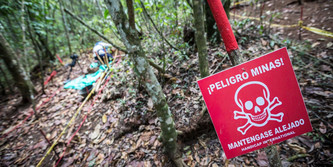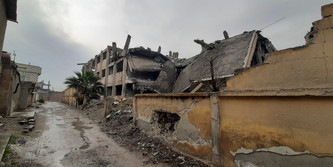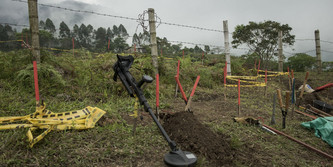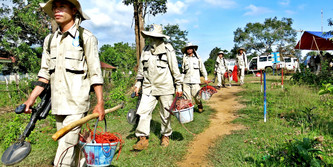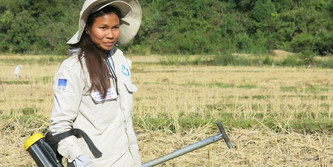Why Anti-Vehicle Mines should also be Banned - +++ New Discussion Paper+++
As is generally known, the Ottawa Convention tries to impose a total ban on anti-personnel (AP) mines, yet at the same time denies that anti-tank/anti-vehicle (AT/AV) mines and anti-handling devices are, or were, ever part of the problem. Not only do AT/AV-mines cause severe civilian suffering, due to their sensitive fuzes and anti-handling devices (AHD), they often function just like AP mines.
Furthermore, the data presented increases the perception, that a lot of existing AT/AV mine types are suspected to violate the CCW- and Ottawa-Treaty. This discussion paper indicates that international law must address these misfittings in order to overcome the worldwide landmine problem.
The German Initiative to Ban Landmines takes the position that AT/AV mines also represent a significant burden and danger to civilians in almost all mine affected nations. AT/AV mines are deliberately used against civilians, just like AP mines. AT/AV mines pose a considerable threat to the civilian population, and claim many victims. Especially since their explosive force makes their impacts all the more devastating, and usually fatal for several victims. Often AT/AV mines are laid together with AP mines to increase their destructive power yet further. Buildings, railway lines, roads and other infrastructures are often blocked with AT/AV mines. Due to the sensitive fuze technologies of AT/AV mines, which can also cause a mine explosion from an unintentional act, individual people are basically threatened by such mines when they move (either with or without a vehicle!) over/past/close to such a mine.
Therefore the German Initiative to Ban Landmines is calling for a world-wide ban on the development, production, export and use of all types of landmines, including all types of AT/AV mines.


